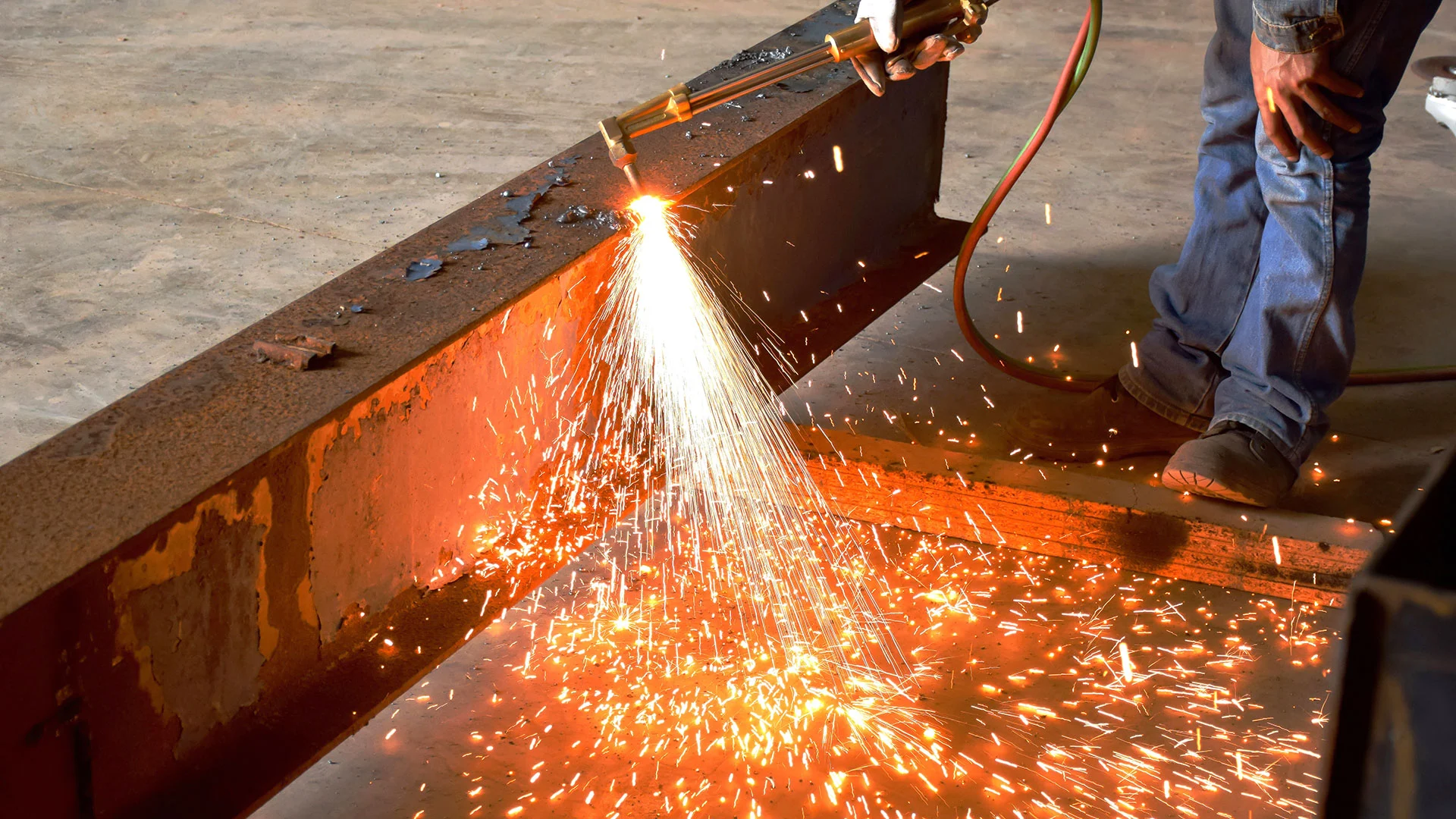
Structural Steel Welding Tips for Durable and Safe Structures
Understanding the Importance of Structural Steel Welding
Creating durable and safe structures begins with mastering the art of Structural steel welding. This process is fundamental in construction projects, as it ensures that steel components are securely joined, providing the necessary strength and stability for buildings, bridges, and industrial frameworks. Without proper welding techniques, structures can be prone to weaknesses, leading to costly repairs or, in severe cases, structural failures. Professionals in the field emphasize that attention to detail during structural steel welding directly impacts the lifespan and safety of any construction project.
Choosing the Right Materials for Structural Steel Welding
Material selection is a crucial step for successful structural steel welding. The type of steel, its thickness, and its alloy composition influence the welding process and final durability. High-quality carbon steel and low-alloy steel are preferred for most construction applications due to their excellent weldability and strength. Knowing how to prepare these materials, including cleaning surfaces and removing contaminants, is essential to avoid defects in welds and to ensure a long-lasting structure.
Techniques That Enhance Structural Steel Welding Quality
Different welding techniques are suitable for varying structural requirements. Shielded Metal Arc Welding (SMAW), Gas Metal Arc Welding (GMAW), and Flux-Cored Arc Welding (FCAW) are commonly employed methods. Each technique has its advantages in controlling heat input, penetration, and joint strength. Skilled welders assess the project requirements and environmental conditions to choose the most effective method. Proper technique ensures consistent structural steel welding quality, reducing risks of cracks, warping, or incomplete fusion.
Ensuring Safety During Structural Steel Welding
Safety is paramount in all welding activities. Wearing protective gear, including helmets, gloves, and flame-resistant clothing, is mandatory. Adequate ventilation must be ensured to prevent exposure to harmful fumes produced during structural steel welding. Additionally, implementing fire safety measures, such as keeping fire extinguishers nearby and using heat-resistant barriers, can prevent accidents and protect both personnel and the structure.
Maintaining Equipment for Optimal Welding Performance
Well-maintained welding equipment contributes significantly to the success of structural steel welding. Regular inspection and servicing of welding machines, electrodes, and gas supplies prevent malfunctions that can compromise weld quality. Ensuring proper calibration of equipment allows for uniform heat distribution, resulting in strong and precise welds. Experienced welders emphasize that preventive maintenance is as crucial as mastering the welding process itself.
Weld Inspection and Quality Control
Inspection is a critical step in verifying the integrity of structural steel welding. Techniques such as ultrasonic testing, radiographic testing, and visual inspection help identify hidden defects that could weaken a structure. Establishing rigorous quality control protocols ensures that every joint meets safety standards and project specifications. Detecting flaws early prevents future structural issues and reinforces the reliability of the construction.
Training and Skill Development for Welders
The effectiveness of structural steel welding depends heavily on the skill of the welder. Continuous training and certification programs enhance a welder’s ability to handle complex joints, adapt to new technologies, and adhere to safety standards. Encouraging professional development ensures that projects are completed efficiently without compromising on quality or safety. Experienced welders also share practical tips, such as managing heat input and controlling welding speed, which directly impact the durability of the final structure.
Environmental Considerations in Structural Steel Welding
Environmental factors like temperature, humidity, and wind can affect structural steel welding outcomes. Proper planning and adjustments, such as preheating steel in cold conditions or shielding welds from strong winds, are necessary to achieve consistent quality. Considering these factors minimizes the risk of weld defects and extends the longevity of the structure.
Conclusion: Commitment to Excellence in Structural Steel Welding
Incorporating the right materials, techniques, safety measures, and ongoing training ensures that structural steel welding delivers strong, durable, and safe results. Professionals who pay attention to every aspect of the process contribute to the construction of structures that stand the test of time. By following these expert tips, builders and engineers can achieve the highest standards in structural integrity, making structural steel welding a cornerstone of successful construction projects.


